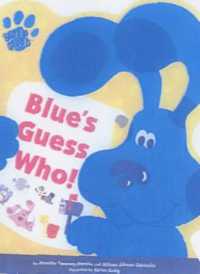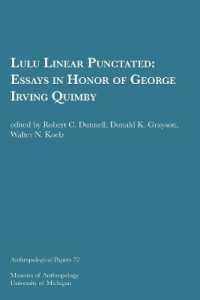Full Description
The Creative Classroom presents an original, compelling vision of schools where teaching and learning are centered on creativity. Drawing on the latest research and his studies of jazz and improvised theater, Sawyer describes curricula and classroom practices that will help educators get started with a new style of teaching, guided improvisation, where students are given freedom to explore within structures provided by the teacher. Readers will learn how to improve learning outcomes in all subjects—from science and math to history and language arts—by helping students master content-area standards at the same time as they increase their creative potential. This book shows how teachers and school leaders can work together to overcome all-too-common barriers to creative teaching—leadership, structure, and culture—and collaborate to transform schools into creative organizations.Book Features:
Presents a research-based approach to teaching and learning for creativity.
Identifies which learning outcomes support creativity and offers practical advice for how to teach for these outcomes.
Shows how students learn content-area knowledge while also learning to be creative with that knowledge.
Describes principles and techniques that teachers can use in all subjects.
Demonstrates that a combination of school structures, cultures, incentives, and leadership are needed to support creative teaching and learning.
Contents
Foreword Tony Wagner
Acknowledgments
1. Introduction
Teaching Creative Knowledge
2. Teaching Creative Knowledge
Creative Knowledge and Shallow Knowledge
Moving Beyond the Coverage Trap
The Noisy Library: Learning Creativity and State Standards
Creative Habits of Mind
Creative Knowledge in Math, Science, and History
Teaching for Creativity in Every Subject
3. Guided Improvisation
Learning to Improvise
Improvisation is an Ensemble Art
Improv Techniques for Teachers
When Teachers Need to Break the Rules
Lesson Planning for Guided Improvisation
Scaffolding: Balancing Structure and Improvisation
Summary
4. Mastering the Teaching Paradox
Scaffolding: The Structures of Guided Improvisation
Project-Based Learning and the Teaching Paradox
Different Balances of Structure and Improvisation
From Novice Teacher to Expert Improviser
Pedagogical Content Knowledge
Conclusion
5. Schools for creativity
What Creative Schools Look Like
A Case Study: Keels Elementary
Conclusion
6. A Call to Action
References
Index
About the Author








